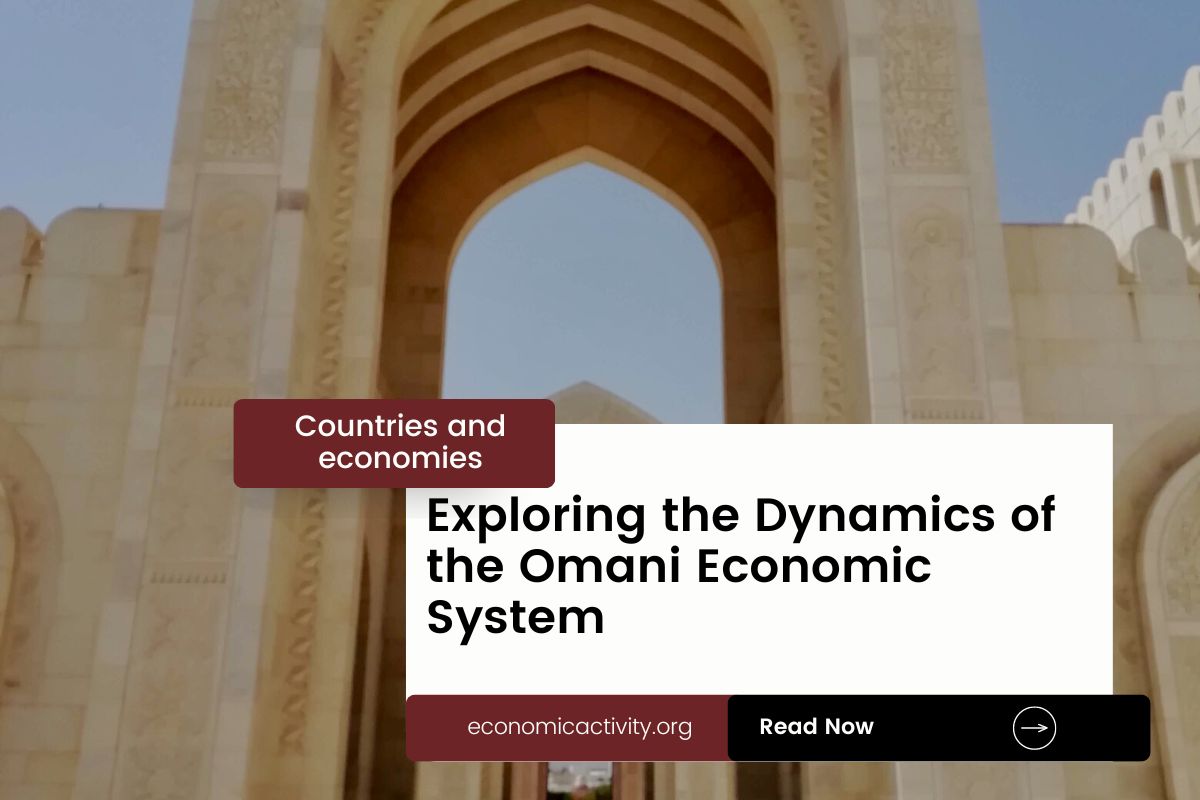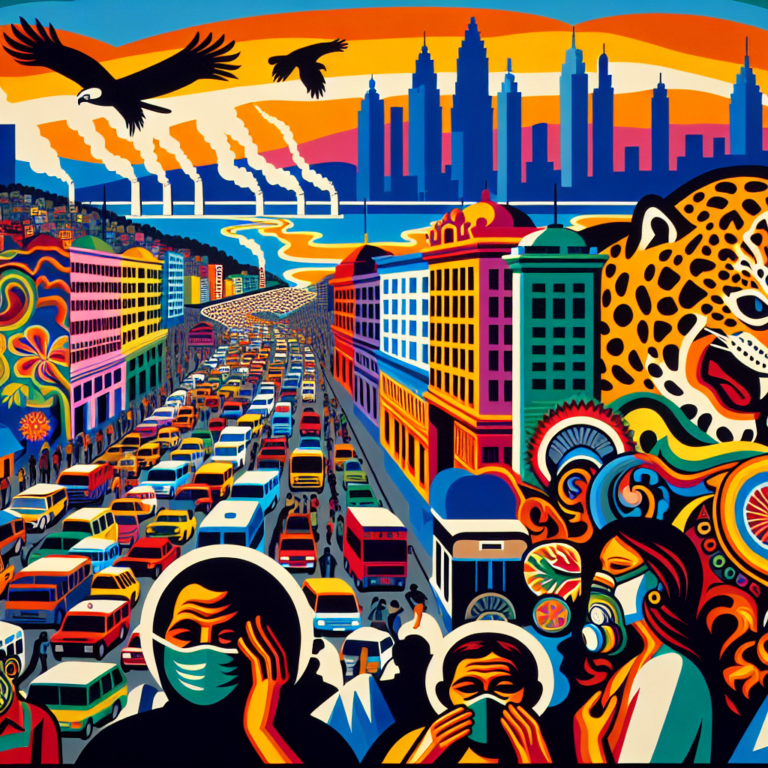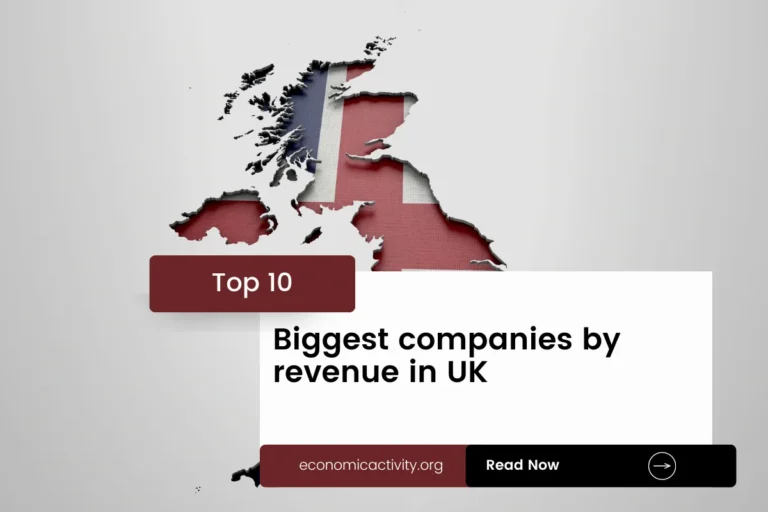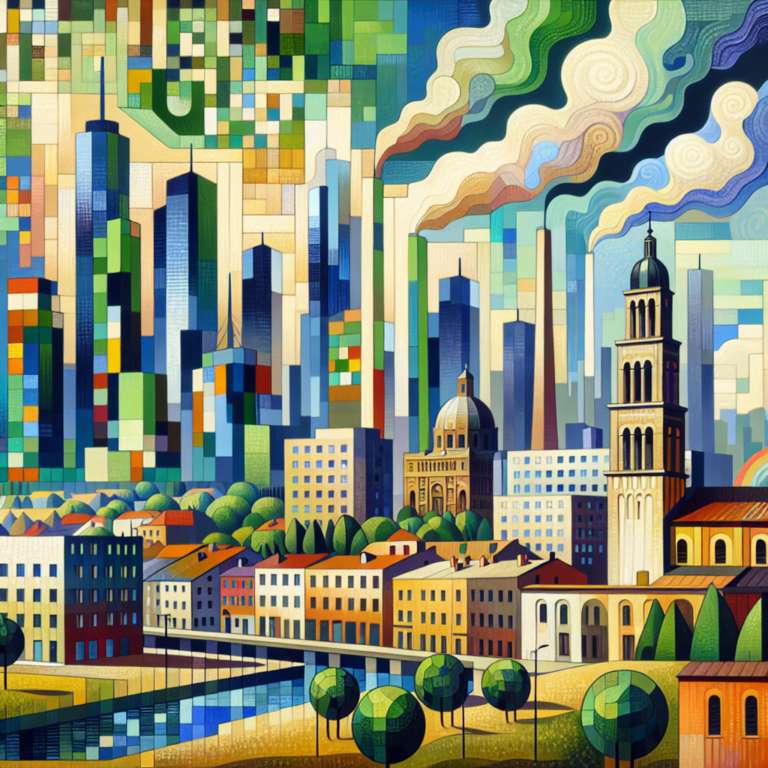What is the economic system of Oman? The economy of Oman is based on a mixed economy. The country’s economic system combines elements of a market economy and a planned economy.
Oman’s economy is heavily reliant on oil and gas exports but also has a growing tourism industry and a focus on diversifying into manufacturing and logistics.
In Oman, the economy comprises a private sector, consisting of individuals and businesses that make autonomous decisions based on self-interest, and a public sector, where the state determines the production and distribution of certain goods and services. No country is purely capitalist or purely communist.
What do the freedom indexes tell about the economic system of Oman?
Now, to determine if a country is mostly a market economy or a planned economy, it is useful to examine some economic indexes. For instance, according to the 2022 Index of Economic Freedom, which measures the ability of every human to control his own labor and property, Oman is ranked 108th globally and 8th in the Middle East and North Africa indicating that the country has a mostly unfree economy.
In a similar way, the 2022 Freedom House index evaluates the state of political rights and civil liberties globally. Generally, market economies tend to align more with democracy and freedom, while command economies tend to be characterized by greater state control and fewer democratic and civil liberty protections. Oman gets a score of 24/100, which qualifies it as Not Free.
Oman is a country where the government mostly controls what people do for political reasons, and people have limited freedom to choose (what, how much and how to produce, whether to buy or not, selling price, etc.)
The Link Between Public Sector Employment and the Economic System of Oman
An indicator of the extent to which the State is involved in the economy is the number of public sector employees. In Oman, according to ILOSTAT, the number of public sector employees as a percentage of the total workforce is 78.7% (2020).
In the country’s mixed economy, the number of public sector employees as a percentage of the total workforce varies based on the specific policies and practices adopted by the State.
Some economic activities are left to the private sector while others are under government control. The bigger the public sector the closer is the economy to being a command economy.
What do the biggest companies in Oman say about the country’s economic system?
The biggest company in Oman should also be looked at, as well as whether it is a state-owned or private company. In this case, Bank Muscat is the largest financial services provider in Oman, offering banking, investment, and insurance services. The company is owned by multiple private shareholders and the Oman Sultanate.
The historical factors that have influenced the economic system of Oman
The current mixed economy system of Oman is a result of a combination of factors, including the country’s natural resources, its strategic location, and its government policies.
Oman’s oil and gas reserves have enabled it to develop a strong industrial sector, while its strategic location has allowed it to benefit from trade and investment from other countries.
Additionally, the government has implemented policies that have encouraged foreign investment and diversified the economy.





Leave a Reply